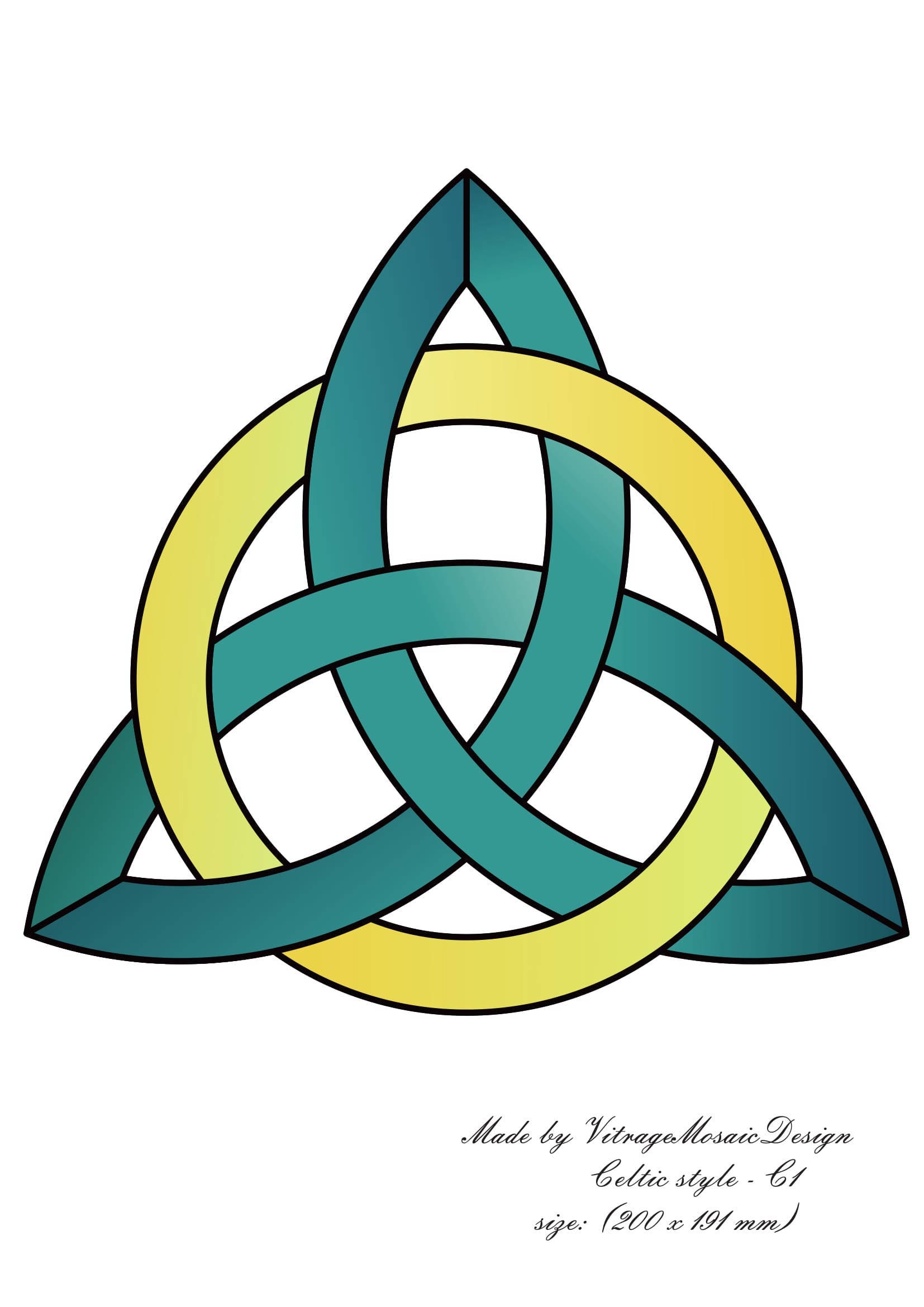

They eventually settled in the Upper Danube, absorbing the local ancient Danubian motifs along the way. It was from this period that the Celts developed their own unique culture and styles, derived not only from the Caucasian Bronze Age but also from their interactions with maritime traders through the Black Sea and Mediterranean basin, incorporating styles and techniques from the Etruscan as well as Mediterranean cultures. There seemed to be a preference for birds, knotwork, and fretwork.Ī diagram depicting the metalworks of the Hallstatt culture Bibliographisches Institut, Public domain, via Wikimedia Commons The Hallstatt culture is quite well known for its ornaments made of bronze, as well as weaponry and iron tools of very high quality.Ĭommon motifs on the weaponry at the time were spirals, geometric designs, and animals. Although it might have its origins in Austria, this culture eventually spread throughout central Europe, encompassing Slovakia, Western Hungary, Croatia, Slovenia, the Czech Republic, Southern Germany, Switzerland, Northern Italy, and Eastern France. Originating in Austria from roughly 800 to 475 BCE, Celtic art has its roots in the Hallstatt culture. The History of Celtic styles and influences can be separated into various eras. The Hallstatt era is considered to be at the root of Celtic Culture, the La Tène era is considered the prime period of Celtic artwork, and the Celtic Revival represents the more modern interpretation of Celtic art history. Romilly (John Romilly), 1847-1907, Public domain, via Wikimedia Commons Meath, from the book Celtic art in pagan and Christian times (1904) by Allen, J. Slab with spiral ornament outside the entrance to the passage of Tumulus at Newgrange, Co. Through the application of curvilinear forms, the use of both positive and negative space result in a harmonious whole. The common thread to be found throughout the expansive timeframe and geographical span is the development of a sense of balance in the layout of these patterns. The huge influences derived from interactions with countless previous cultures have resulted in the incorporation of stylistic elements from spirals to key patterns, knotwork, and zoomorphism.

_Pagan_LAmp.jpg)
Typically, the overarching themes of Celtic painting and Celtic sculptures are complex symbolism, ornamental geometric designs, and non-linear patterns. Art historians generally only start referring to “Celtic Art” somewhere between the 5th and 1st centuries BC, known as the La Tène period. There has been much discussion about the earlier influence from the Bronze Age amongst artistic scholars, but most archeologists prefer to use the term “Celtic” when talking about the cultures deriving from the European Iron age, from approximately 1000 BC onwards. What most of the English-speaking world imagines when they think of the term “Celtic Artwork” actually stems from the artwork of the early Middle Ages of Britain and Ireland, which is known as “Insular Art”.Ĭeltic spirals from the book Celtic art in pagan and Christian times (1904), by Allen, J. The most prominent perception of Celtic styles usually depicts Irish Celtic art or Gaelic art, but Celtic art history stems further back than this popular misconception in both time and location. 5.1 In Which Period Did Celtic Art Originate?.3.3 Staffordshire Moorlands Pan (2nd century AD).3.2 Muiredach’s High Cross (9th – 10th century AD).2.6 Celtic Revival and Global Influence.2.3 Celtic Art in the Early Middle Ages.2 History of Celtic Styles and Influences.


 0 kommentar(er)
0 kommentar(er)
